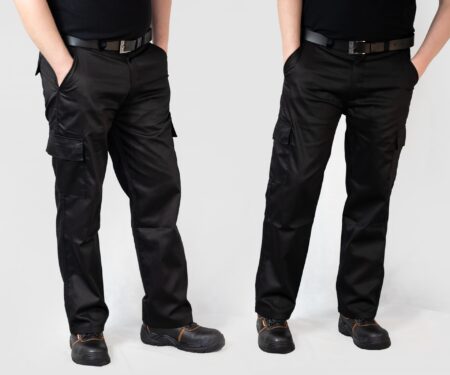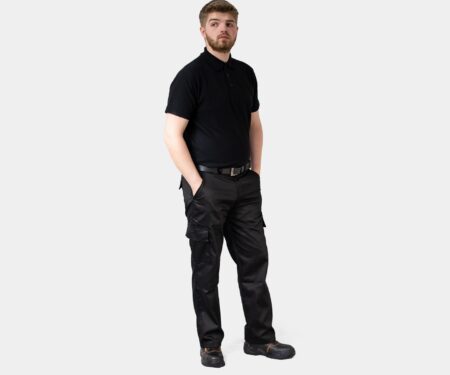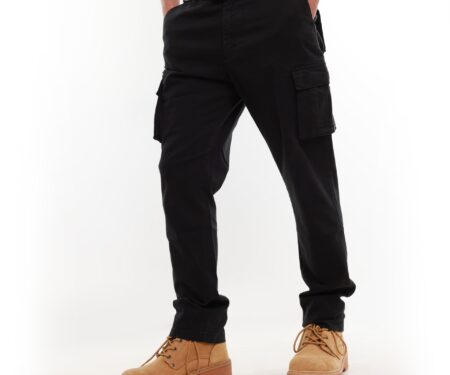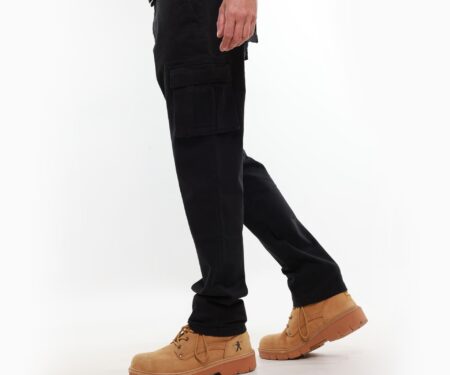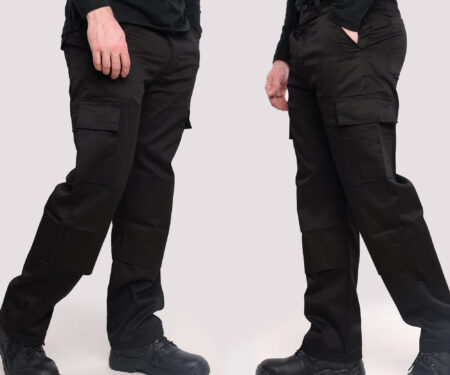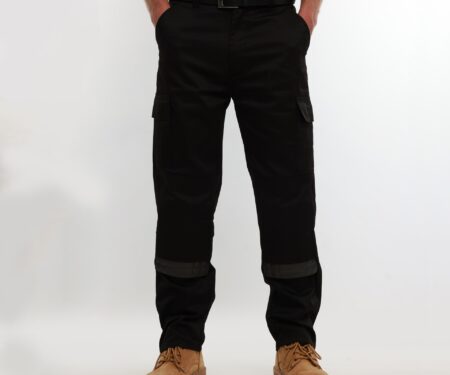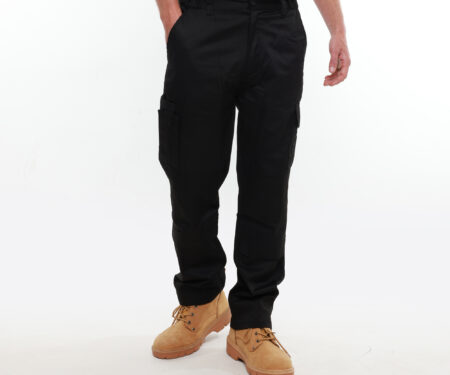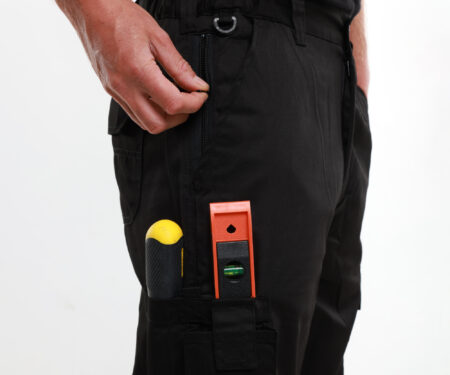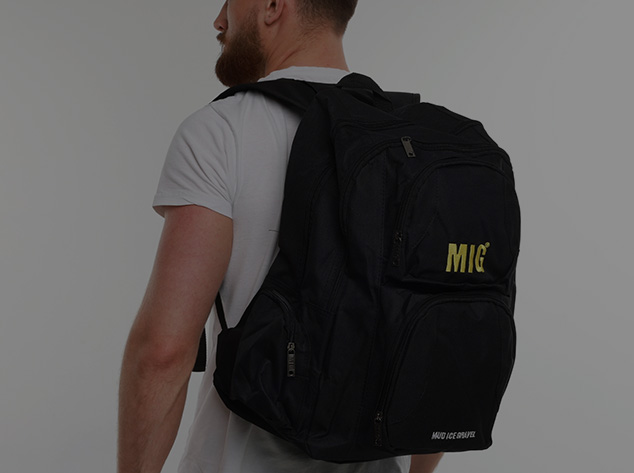In this short article, you can find the answers to some of our most frequently asked questions regarding Workwear.
How safe is Workwear?
Workwear as a whole doesn’t need to have a protective quality other than to be durable and protect the wearer from day to day work based activities. However you can get Workwear which has a specific protection quality such as work trousers, these tend to be more durable to reduce hazards such as sharp objects from the cutting the skin.
Whereas other products such as flame resistant t-shirts are commonly mistaken as Workwear, however, are actually classed as PPE, as these products are designed to protect the wearer from more than daily use. All items of PPE are regulated by EN ISO ratings such as EN20471 / EN471 for high visibility.
What’s a Workwear shirt?
Workwear shirts are made from high quality materials which are intended to last longer against the wear and tear of the working environment. Usually made from materials such as cotton, polyester and speciality fabrics. The speciality fabric tends to place the Workwear shirt into the PPE category as these will have special protective properties.
What’s the difference between Workwear and PPE?
Workwear offers the wearer a standard level of protection which would not be covered under Health and Safety EN regulations. Whereas PPE is the types of products which are covered under these EN regulations, regulations such as EN471 / EN20471 are for high visibility clothing. Products which are covered under the EN471 / EN20471 regulations tend to be made of a specially designed reflective material, these can be all manner of items from work trousers to gloves.
What Workwear items make up a uniform?
Most uniforms consist of a range of items from boots to t-shirts. Starting at the feet, many companies require their employees to wear some form of protective footwear depending on the environment, steel or composite toe cap boots/shoes are usually worn. Next would be a pair of work trousers, shorts or a skirt, with anything from a formal shirt to a t-shirt for the upper body. Although each workplace is different the overall uniform design is relatively the same, excluding PPE based items such as hard hats, safety footwear and gloves, these items really depend on the environment.
Uniforms do not need to be provided by the employer, however, items that are considered PPE must be provided at no cost to the employee. This can be found in Section 9 of Health and Safety at Work etc Act 1974, “No employer shall levy or permit to be levied on any employee of his any charge in respect of anything done or provided in pursuance of any specific requirement of the relevant statutory provisions”. – Source HSE.
What are the protective qualities of Workwear?
Workwear covers a broad range of clothing from trousers to t-shirts, however, the standard provides qualities you will find with Workwear are as followed. Durability from high quality materials, this also helps with longevity, ensuring this product last throughout the years. Other qualities usually come down to the thickness of the materials and their resistance from wear and tear, especially along the seams.
Some qualities such as flame resistance, chemical resistance, high visibility and much more can be found on many items of Workwear. However, these will be classed under PPE as they are rated under health and safety EN ratings.
Any Questions?
Feel free to send us a message if you have any questions. We will be happy to assist you.

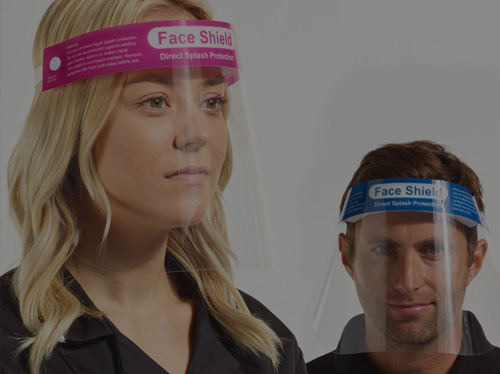




![clearpay1]](https://www.siteking.co.uk/wp-content/uploads/2023/03/clearpay1.jpg)
